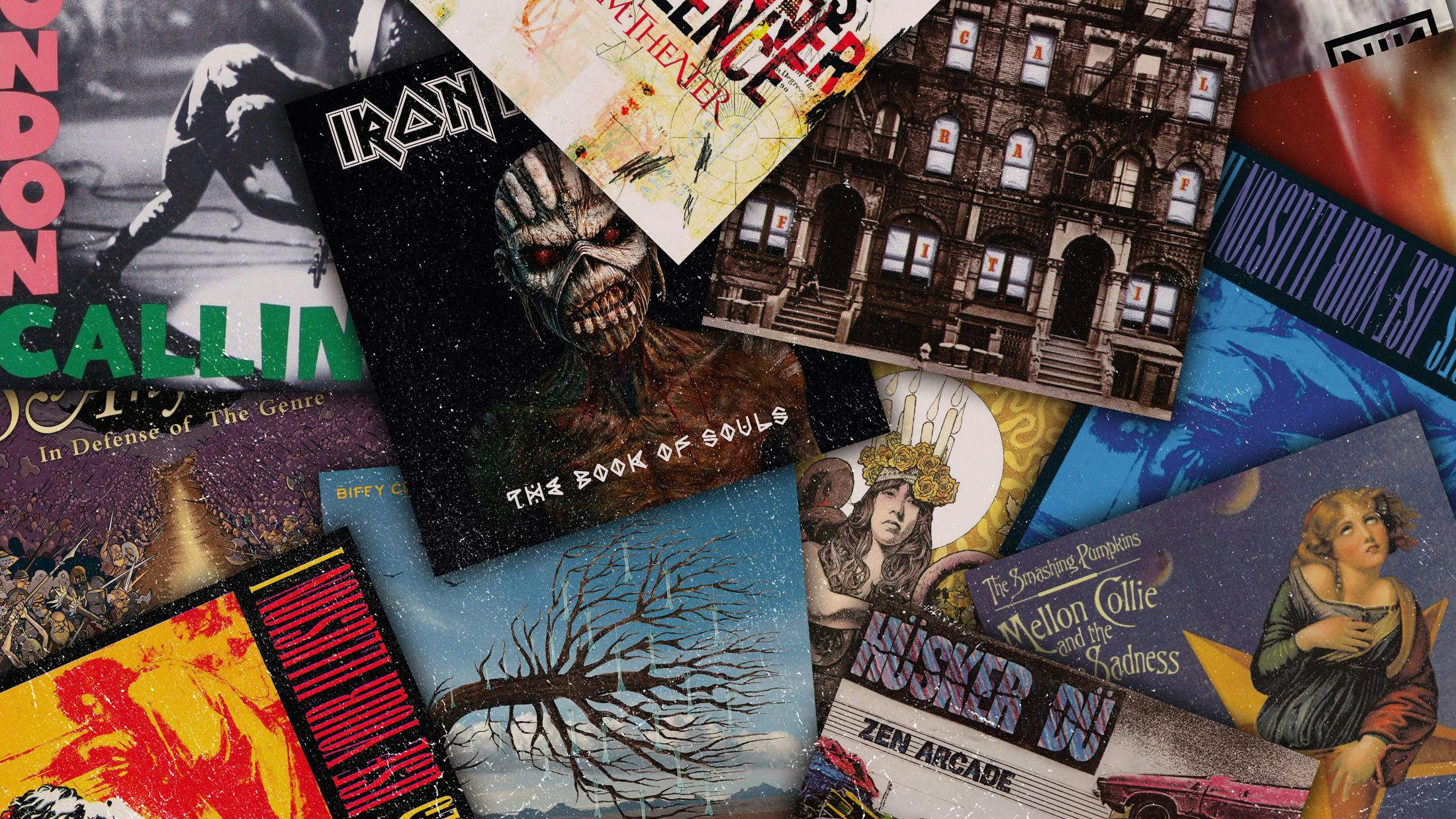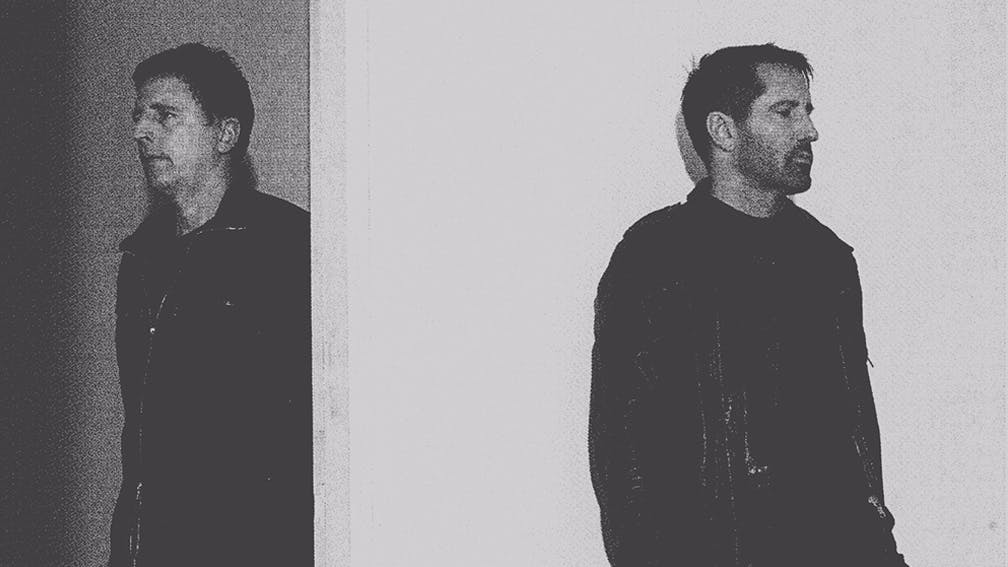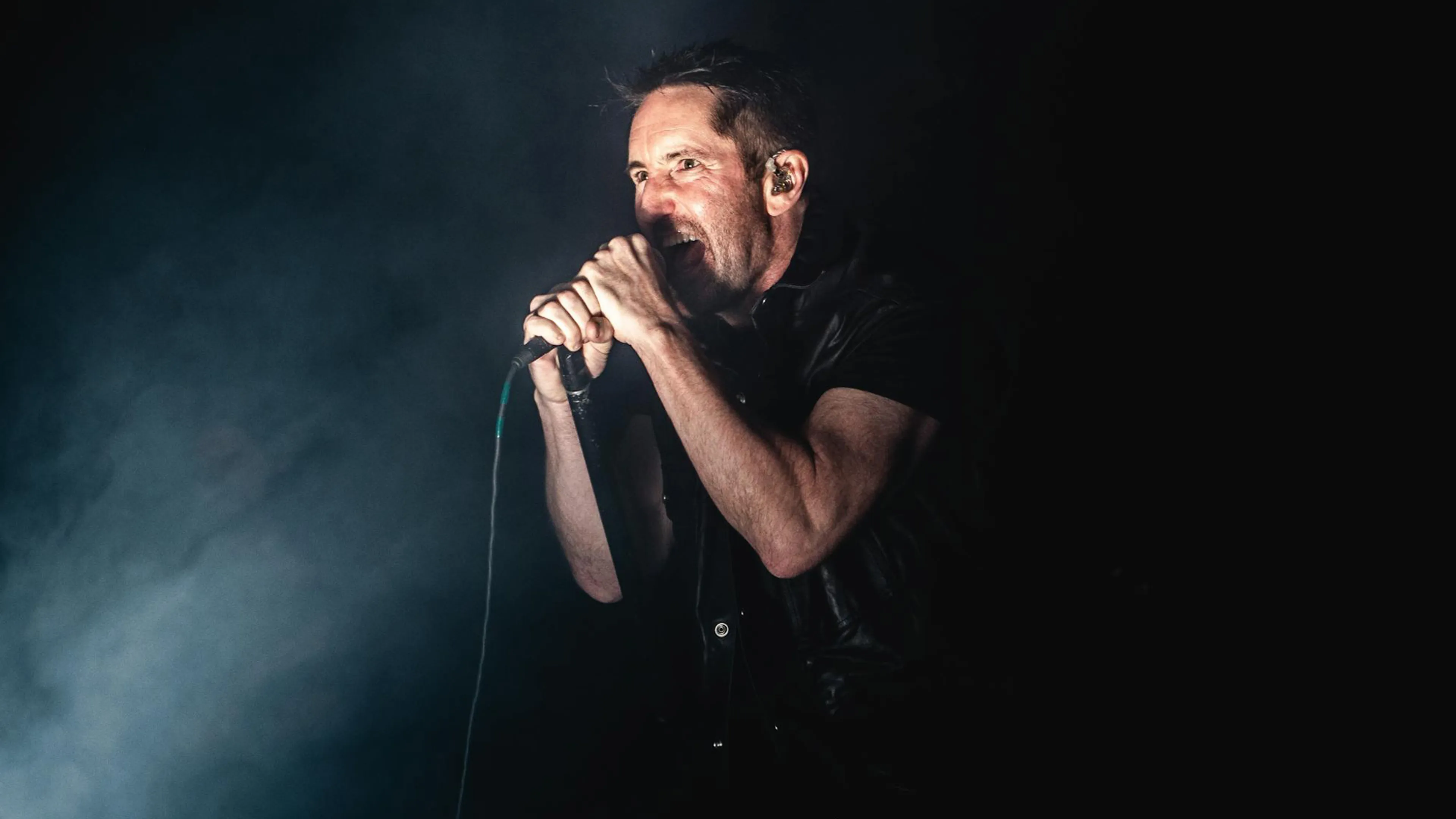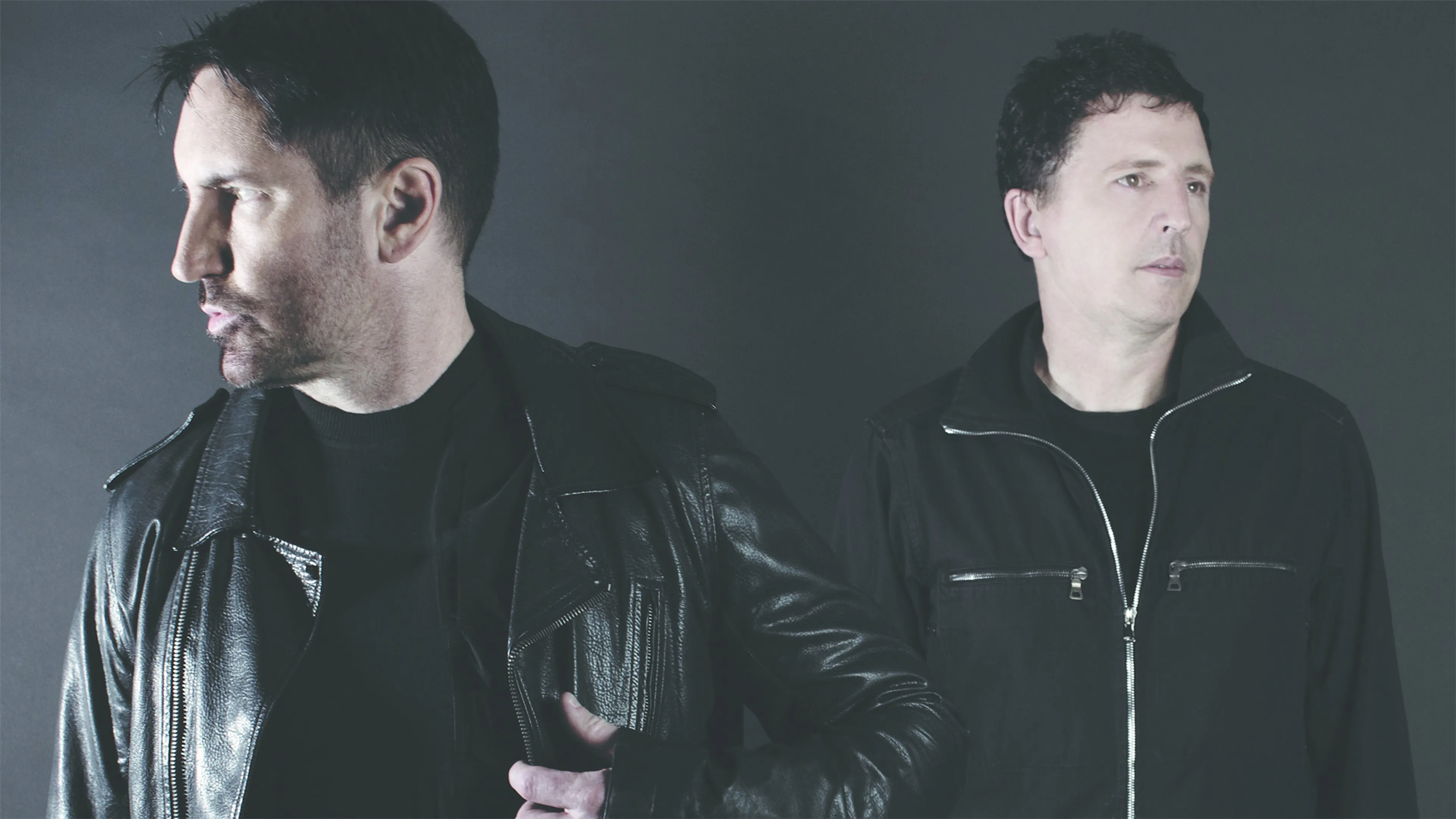Back in the days when music primarily came pressed onto a disc of polyvinyl chloride, two sides were sometimes not enough. Bands like Pink Floyd and the Grateful Dead could prog out or jam their way through far more music than could fit on a single vinyl long-player, leading to the birth of the double-album.
A number of metal, punk and hard rock bands also embraced the format. Here we’re only looking at double-albums that were released as such, not running concepts or pairs that were intended as doubles but released individually – often due to industry politics. That rules out the likes of Helloween (Keeper of The Seven Keys), Coheed & Cambria (The Afterman), System Of A Down (Mezmerize/Hypnotize), Opeth (Deliverance/Damnation) and Stone Sour (House Of Gold & Bones).
We’re also striking out live albums and collections, but that still leaves plenty of stonking double-discs to go…








